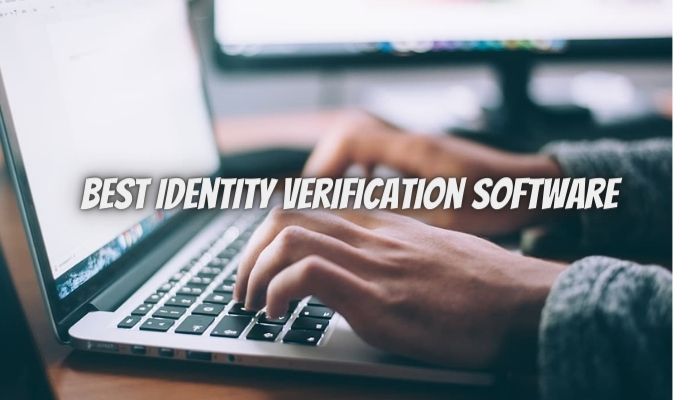Most aspects nowadays are just a couple of clicks away in the digital age. Even so, one’s private information is the most precious asset, from consumer onboarding to online payments.
Companies are working to implement mechanisms to enable users to complete their activities in digital space more effectively. Identity verification is a growing market in the online space that is quickly becoming a requirement for all digital businesses. An increasing number of companies are turning to digital customer verification workarounds.
However, they will face numerous difficulties. Here are some pointers for choosing the best identity verification software in 2022.
Ensure that it depends heavily on reliable data sources
Ancient verification techniques are particularly vulnerable to fraud. ID cards are easily forged or used after they have expired. Moreover, email-based verification, like the use of an an.edu address to verify students, has severe drawbacks. Alternatively, it would help if you had customer verification software that prioritizes reliable data sources. Such platforms rely on thorough, precise, and up-to-date information derived from source systems like a government database or a university’s registrar’s department. Systems that use various data sources strengthen verification reliability and precision even more.
Ensure that it involves document review for complete coverage
Even a system that utilizes thousands of different databases cannot provide full coverage for a customer group. Hence, choose identity verification software with a backup document review to guarantee that users qualified for your proposal can redeem it.
Avoid a remedy requiring clients to fax, email, or mail copies of their credentials. To deliver the best service to customers, the company of your customer verification software must:
- Understand which documents are legitimate forms of ID in different nations
- Support the capability to instantly upload documents online, 24 hours a day, seven days a week
- Deliver a simplified document analysis in minutes or hours rather than days or weeks.
Ascertain that it generates an in-brand experience
Personalized marketing lets you connect with your clients and bring people into your brand. Therefore, be wary of verification solutions that direct your clients to a third-party homepage for verification. You will lose track of the customer journey, or worse, the third party who obtains all your customer information will be able to sell or remarket to your clients.
Instead, your customer verification software must maintain your clients within the confines of your brand experience. It gives you ownership of the customer information, allowing you to continue marketing, engaging, and efficiently building customer loyalty with customized content.
Ensure that it supports “mobile first” responsive design
Your buyer verification software must have a responsive website layout that works on all devices. It’s crucial for staying competitive and gaining the trust of your target audience. According to a Google and Heart+Mind Strategies study, 46% of participants preferred using smartphones throughout the purchase process. Moreover, smartphones are used by 75% of Gen Z and millennials to purchase online, which is expected to rise.
Hence, mobile-friendly customer verification software is especially critical for companies aiming to reach young consumers.
Check to see if it has built-in re-engagement to boost conversions
Each marketer understands that cart neglect can be fatal to conversions. Merely sending an email to clients who have not completed the verification process is appropriate but not adequate. Check that your customer verification solution can gather a user’s SMS number so that you can re-engage via text messages. It’s incredibly crucial when trying to target younger customers. You might be surprised to discover that most Generation Z hopes that more business owners use texting.
Check to see if it has enhanced fraud protection
Let’s confront it: scammers constantly try to discover how to take advantage of your deals. They forge counterfeit academic institutions, fabricate documents, impersonate people, and do other things.
However, dealing with such issues is easy if your customer verification software includes an extra layer of fraud protection. That kind of decision consists of the capacity to recognize completely fabricated photos and credentials and the ability to verify the shopper’s identity to ensure it is not connected to a deceptive identity.
Ensure it is privacy-friendly
Delivering personalized offers necessitates collecting certain customer information, but doing so incorrectly will cost you dearly. If customers rarely trust a corporation to handle their data responsibly, most customers will relocate their operations elsewhere. Ensure that your identity verification software does not collect invasive personally identifiable information (PII), such as a social security number—a piece of information that few shoppers admit customers are eager to provide.
Final Thoughts
With the help of technology, today’s institutions can create well-thought-out user experiences online. Ensure that the identity verification software only requires a few fields for a streamlined user experience. In addition, make your clients run a virtual chariot to get to your offers. They may dismiss the procedure if they must fill out too many fields or provide PII, such as their social security number. Remember, conversions will rise if the experience is kept simple. The optimal solutions, which rely on credible data sources, will not necessitate much information to verify the client.




